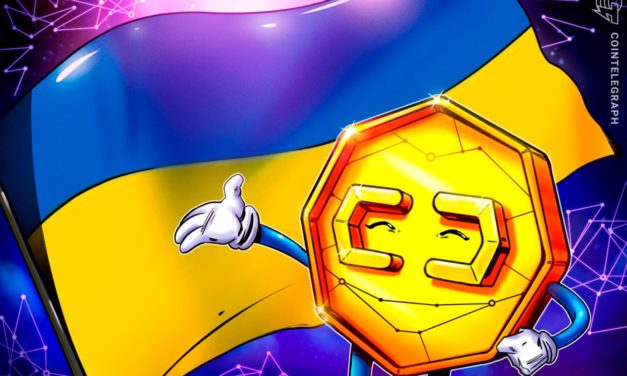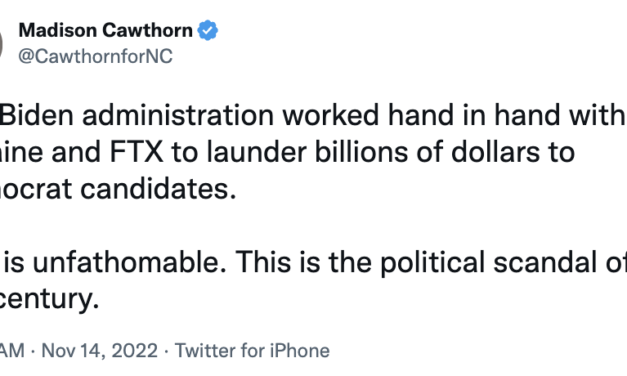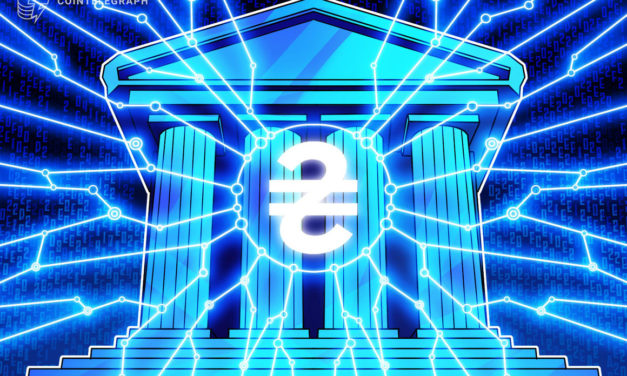Ukrainian government reports $81M tax loss from unregulated crypto exchanges since 2013
A crypto bill signed into law in 2022 paved the way for the Ukrainian government to amend its tax code, but local exchanges still largely operate outside this framework.
Čítaj viac














